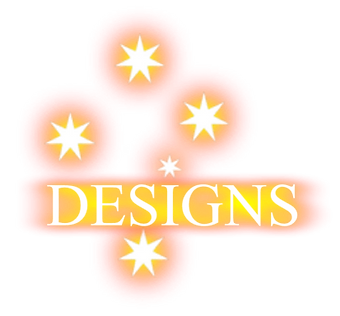


What design services do you offer?
-
Design registration advice
-
Filing and prosecuting applications
-
Oppositions
-
Infringement and validity advice
- Litigation
- Dispute resolution
-
Novelty and infringement searches
-
Renewal of registered designs
Why should I register my design?
You should register your design in order to stop third parties from copying it. If you register your design you will be entitled to put the words "Registered Design" on your products, packaging and advertising to discourage competitors from copying it and encourage customers to purchase the product from you. You will be entitled to demand that infringers cease and desist from using your design. You will be entitled to sue infringers who refuse to cooperate.
If you need investment to produce your products, then it is very likely that the investor will expect that you have a design registration. It would simply not be worthwhile investing in a product and undergoing the expense of proving it in the market, only to have the design copied by a third party who could easily take a substantial portion of your market by undercutting your price.
What does the design registration protect?
The design registration will protect the appearance of your product, rather than its function (which is covered by patents).
How long does the design registration last?
Design registrations last for 10 years. It cannot be renewed thereafter. However, you should have obtained a sufficient reputation in the market during that 10 year period to continue to be a market leader.
When should I register my design?
You should register your design before you publicly disclose it. If you publicly disclose it before filing a design application, then any registration you obtain is very likely to be invalid.
Designs have to be new and distinctive to be registrable. If you have already disclosed it to the public, then the design will no longer be ‘new’.
The Designs Regulations are very unforgiving if you publish your design before applying to register it. You will only be forgiven if you happen to publicise your design at an ‘officially recognised international exhibition’. However, even then, the rules are so strict that they shouldn’t be relied on.
Furthermore, if you industrially apply your design to more than fifty 3D products, you’ll lose copyright protection as well. If you lose your copyright, then there’s virtually nothing to stop people from copying your design.
If you think you can register your old designs and get away with it – think again. Most of the internet is archived, so even if you remove it from the net now, it has probably already been preserved. A standard tool-of-trade for attorneys is an internet archive called ‘the Wayback Machine’. We use it to find out what your website used to look like. If your old design was previously on your website, your opponent’s attorney will probably find it.
Even if you manage to cover your digital tracks, there is a good chance your opponent’s attorney will still find your prior publication of your design. A good attorney will find your customers and ask them when they bought the product from you.
In one case, a client received an allegation of design infringement from an opponent who demanded tens of thousands in compensation and an apology to be published in newspapers. We tracked down another supplier of the same design in Australia who told us that the alleged owner was really just an importer and the real owner was in China. We searched the Chinese register and found prior publications for the same design by the real Chinese owner. We invalidated the Australian design registration and commenced court proceedings in Australia. Our client's opponent paid all of our client’s legal costs.
The moral of the story is that if you have a new design, register it before you publicise it. You do not ever want to find yourself in a position where people can copy your design.
How do I protect my design overseas?
You will need to file a design application in your foreign countries of interest within 6 months of the filing date of your design application in Australia. If you do not meet this deadline, then the foreign Designs Offices will deem that your design is no longer new and your application will be invalid. We can file foreign design applications on your behalf.
How do I stop people from infringing my design?
A registered design cannot be enforced until it has been certified. In order to certify the design, you must file a request with the Designs Office to examine it. They will then determine whether the design is new and distinctive in light of designs which were published before the filing date of your application.
Once your design is certified, we can send a cease and desist notice to the infringer. If the infringer refuses to cooperate, then we can commence litigation to stop them.
How does the designs process work?
An outline of the design registration process is as follows:
Speak to our experts to obtain advice
Conduct a designs search yourself, or commission the job to one of our experts for about $660 to $2000
File a design application for about $1600
Design registration certificate issues
Request examination
Optional
Certification of examination issues
The objections cannot be overcome and the registration is revoked
An exam report issues with objections
We overcome the objections
Renewal 5 years from filing
Expiry 10 years from filing
Next steps
To start the process of protecting your design, please do not hesitate to contact Steve Davey on 0402519010.




